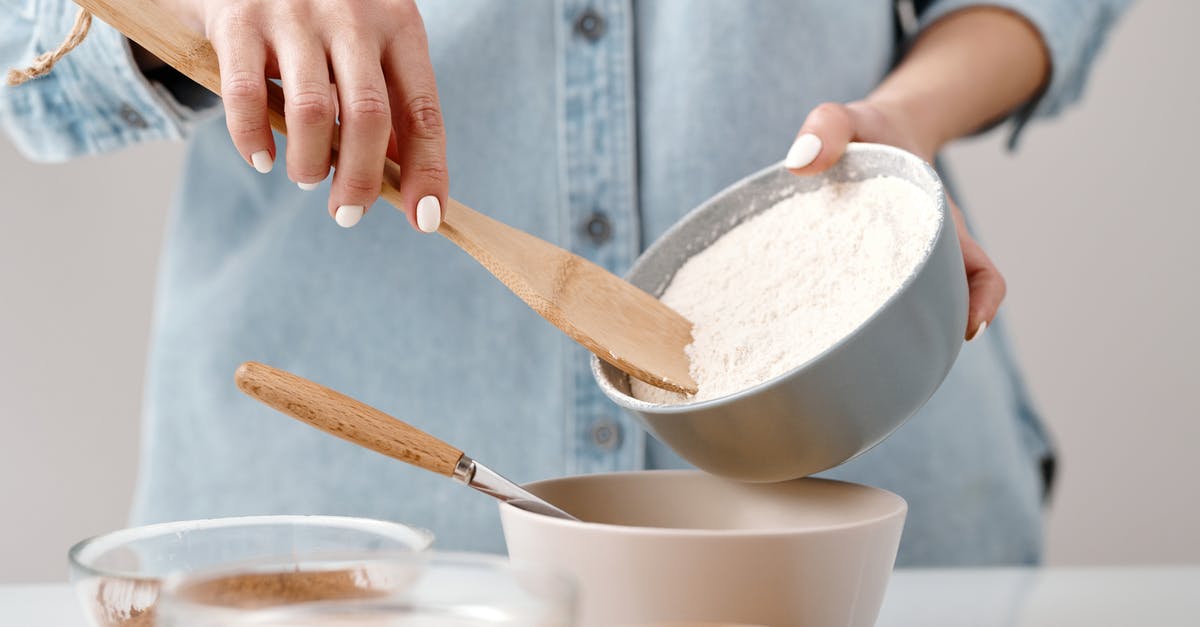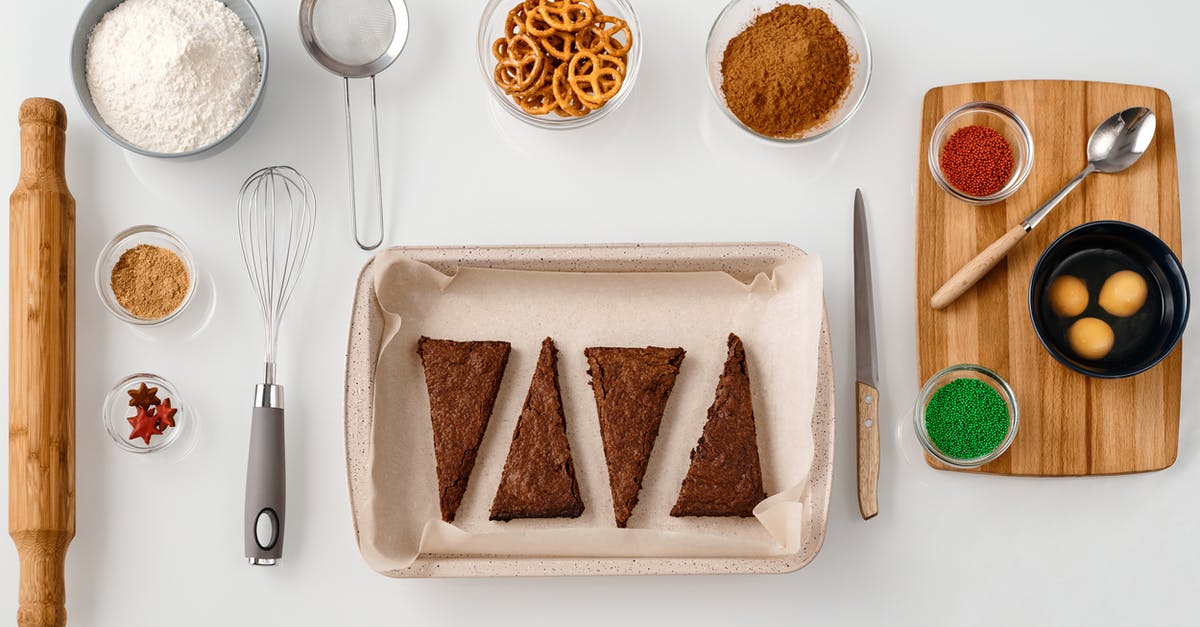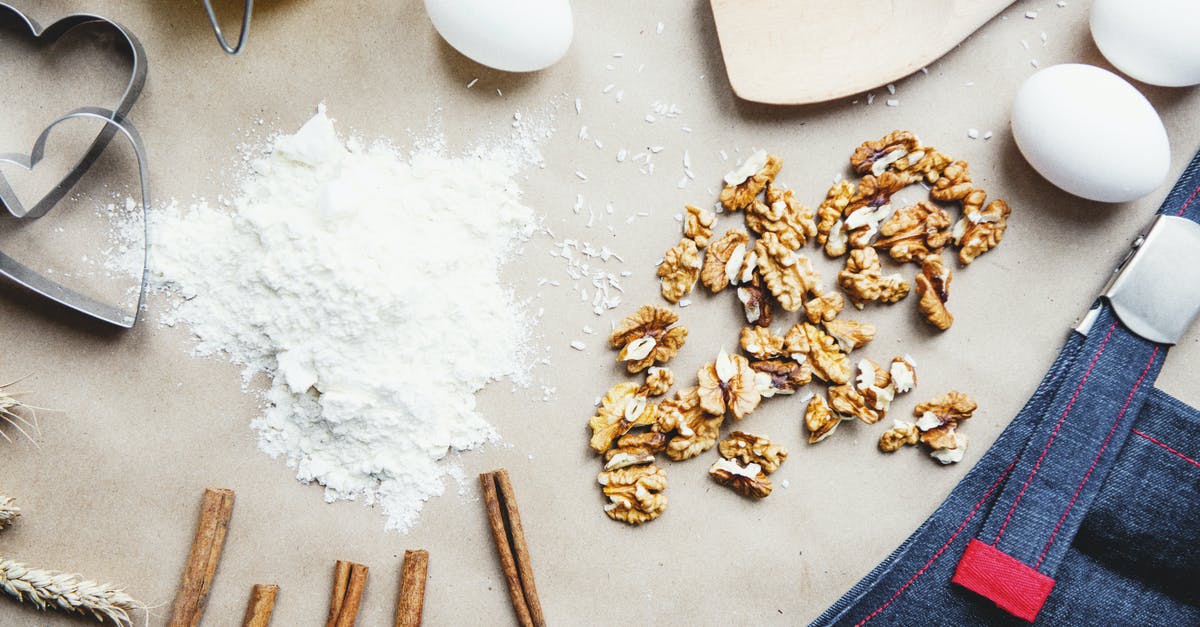How are powdered emulsifiers (such as monoglycerides) prepared for use in cooking and baking?

Recently I picked up a few different types of emulsifiers in bulk powder form when I saw them in passing at a catering wholesaler.
Having never used powdered emulsifiers before in cooking or baking, I figured I'd find pretty comprehensive instructions for their use on the web - but I can't.
I'm not a stranger to food science but nor am I a chemist. I understand that emulsifiers are at least sometimes prepared by pre-mixing them into a (heated?) liquid or fat and then using the resulting solution in the actual recipe, which may explain why a lot of commercial emulsifier mixtures are packages as tubes of gel or paste.
I've also checked several industry-level textbooks about emulsifiers and while they are fantastic for in-depth explanations of the chemistry behind each emulsifier, they do not (as you might imagine) provide guidance on how a lowly baker or cook would actually use a powdered form.
So does anyone know how to prepare and use a dry powdered form of any of the following in a real recipe?
Specifically I am most interested in enhancing baked goods and adding stability to sauces, but would also like to know how to use them for other processes such as sausage-making too.
- E471 Mono- and diglycerides of fatty acids
- E481 Sodium stearoyl lactylate
- E482 Calcium stearoyl lactylate
- E472e DATEM (diacetyl tartaric acid ester of mono- and diglycerides)
Thanks.
Best Answer
Emulsifiers are a type of surfactant that helps combine oil and water. They are polar molecules with a hydrophobic side and a hydrophilic side (one side attracts fat and one side attracts water). They can be used in many, many ways, so it's difficult to answer this question fully, but I can give you a few examples.
First, I make almond milk all the time. It separates rather quickly, so I generally just shake it up right before use. But I sometimes put soy lecithin in it and put it in my Vitamix, heating it up (which helps with the emulsification) and blending in the emulsifier. This keeps the almond milk from separating in my fridge. The more I use the less separation I find.
You can use sodium stearoyl lactylate in breadmaking, mixing it with the flour before adding the other ingredients (whisk it together). This will give you a softer crumb, more volume, and a longer shelf life.
There are many ways to use common emulsifiers as well, such as egg yolks and mustard in mayonnaise. You can also use a little mustard in a vinaigrette, or egg yolks in a hollandaise sauce.
If you are making any food which is an emulsion (such as a forcemeat) and you're finding separation of the fat/water, try using an emulsifier.
Pictures about "How are powdered emulsifiers (such as monoglycerides) prepared for use in cooking and baking?"



How do you use mono and diglycerides in baking?
Create a softer crumb. Extend textural shelf-life of buns, cakes and bread by inhibiting or slowing down starch retrogradation. Optimize aeration of cake batters. Stabilize oil-in-water emulsions like cake batters.What does emulsifiers do in baking?
Emulsifiers are multifunctional ingredients when used in bakery products. The three major functions are (1) to assist in blending and emulsification of ingredients, (2) enhance the properties of the shortening, and (3) beneficially interact with the components of the flour and other ingredients in the mix.What is emulsifying in cooking?
The process is called emulsification. It's what happens when you combine an oil and a water-based liquid like balsamic and can be a great cooking technique in creating creamy dressings and thick sauces.What do emulsifiers do in cookies?
Emulsifiers are often used to extend the properties of the fat, or to allow a reduction in fat, as was experienced in 'low-fat' cookies / biscuits. The emulsifiers , also known as surfactants, help stabilise the emulsion by lowering the interfacial tensions between water and oil.Wisdom Wednesday: Mono and Diglycerides
Sources: Stack Exchange - This article follows the attribution requirements of Stack Exchange and is licensed under CC BY-SA 3.0.
Images: Nicole Michalou, Monserrat Soldú, Nicole Michalou, Ksenia Chernaya
